

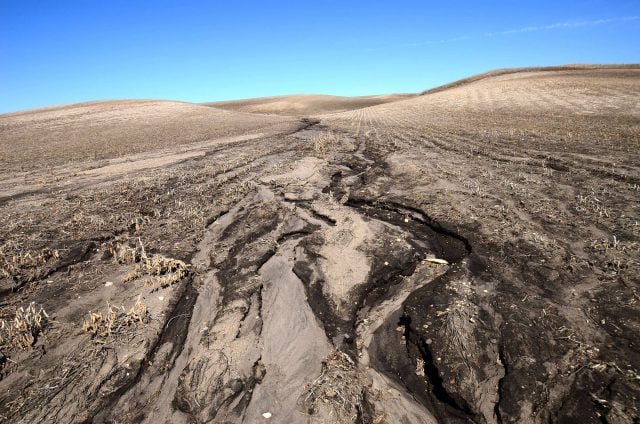
Dr Willow Hallgren
Over the last few decades, modern industrialised agriculture has wrought havoc on natural systems. It has razed forests, decimated biodiversity, and has done immense damage to soils. Most individual farmers may just want to turn a profit to feed their families and pay off their mortgages, but collectively, if you look at what’s happening around the world, this form of agriculture is a major contributor to the ongoing degradation of our planet.
A primary impact of agriculture is soil degradation. Land-clearing, overgrazing, the impact of heavy farming equipment, chemical fertilisers and pesticides, and irrigation, all contribute to soil degradation. This has resulted in the degradation of one-third of the world’s soils:
- 30 per cent of the world’s cropland has been abandoned over the past 40 years due to degradation and desertification,
- 52 per cent of the land used for agriculture is moderately to severely affected by soil degradation.
- 12 million hectares of cropland are lost per year (23 hectares per minute)

All of this must be considered alongside a rapidly rising human population (9 billion by 2037) and its increasing food requirement. Considering this perfect storm of global crises, a Food and Agriculture Organisation (FAO) report concluded that ‘unless new approaches are adopted, the global amount of arable and productive land per person in 2050 will be only a quarter of the level in 1960’. Clearly, soil degradation and loss, as with population growth is among the gravest environmental problems the world faces.
Moreover, relentlessly rising CO2 emissions and resulting climate change will exacerbate erosion and soil loss. Degraded land is more vulnerable to increasingly severe droughts and extreme floods. Currently, 44 per cent of the world’s food production systems and 50 per cent of its livestock are considered to be vulnerable to climate change. Sorry, Millennials, for this Pandora’s Box of environmental crises you’ll most likely be left to deal with in your retirement.
Australian agriculture at risk
Unfortunately, here in Australia, we are particularly at risk from these concurrent crises. The NSW Department of Primary Industries (DPI) warns that there are ‘many crops currently grown‘ that will ‘cease to be viable in the same location‘ creating a high risk of disruption to regional economies. Many of the strongest farm sectors in NSW have already been affected by lower rainfall, higher temperatures, and increased evaporation caused by climate change. The DPI has warned that ‘climate change poses “extreme” risks to several agricultural sectors’ particularly those that rely on irrigation. Overall, production levels are forecast to decline over much of southern Australia as a result of climate change by 2050, with significantly reduced production of sheep meat, wheat, dairy, and beef.
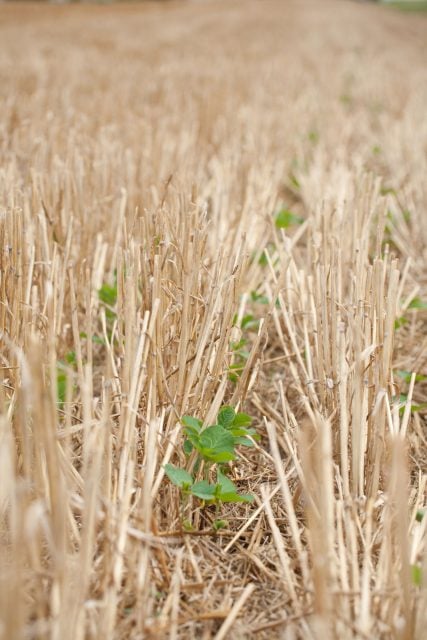
Agricultural solutions
So how can agriculture adapt to the multiple interconnected crises it faces, including climate change? On a practical level, farm businesses have a choice of several strategies to adapt to climate change. These can involve the relocation of their farm business in response to drought or reduced rainfall. Changing to an alternative crop or enterprise may be a possibility, to offset the declining viability of previous agricultural practices, eg growing more ‘drought’ tolerant vegetation or perennials to reduce erosion and provide forage. Carbon farming also offers a potential alternative biodiversity-friendly agribusiness. Precision farming may provide a technological solution, and the Australian government has previously provided assistance to farmers wanting to leave the agricultural sector.
Beyond these more conventional solutions, a paradigm shift could well be necessary, away from the fossil fuel-intensive, soil degrading, biodiversity-decimating, water-wasteful industrial methods of farming to a system that conserves water, reduces the need for (petro)-chemical fertiliser and fossil fuel energy inputs and enhances biodiversity. Moreover, if we can adapt agricultural practices to reduce existing emissions, as well as to increase soil carbon, agriculture can become one of the solutions to climate change, rather than the major source of CO2 emissions that it currently is.
Myriad solutions are all around us. There are many ‘alternative’ (but increasingly widely used) agricultural practices and farming systems that emphasise much longer-term sustainability. They embrace practices that simulate processes of natural ecology, and promote natural ‘ecosystem services’ to enhance the agricultural system.
Examples of specific practices include the minimisation of ploughing (tillage) to prevent soil erosion and enhance soil moisture capture. Crop rotation and soil amendment (with compost recovered and recycled from preferably local sources) used to provide the necessary nutrients to crops without (or with far less) pesticide or artificial, often fossil-fuel-based, fertilisers. Organisms that keep pests under control are encouraged and the use of increasingly precious water resources is minimised to prevent salinisation and regulated to avoid water use at higher-than-natural-replenishment rates. Integrating cropping and grazing can assist in maintaining healthy soils. Increasing seed and crop diversity will also help farmers spread their risk (crop failure), or breed new varieties to adapt to changing climatic patterns and the accompanying new pests and pathogens.
Food security for millennia to come
If climate change is not mitigated, agriculture will become harder and harder over the next few decades and centuries – of that we can be sure. Therefore we must protect and restore the health of the planet in order to ensure basic food security. So, perhaps we need to go one step further than aiming for ‘sustainable’ agriculture, which, over the long term depends on the level of degradation to ecosystem health that is being sustained.
Regenerative agriculture is a more far-reaching, longer-term strategy that can feed and nurture humans (and their livestock) into the next millennium. This strategy has the core intention to actively improve the health of soil, including restoring highly degraded soil. This enhances the soil ecology, and hence productivity, and enhances the quality of water, and vegetation. This approach would maximise carbon sequestration from the atmosphere as soil organic carbon and has the potential to strongly mitigate climate change. However, moving to a regenerative form of agriculture would require a fundamental redesign of the agro-ecological system. A redesign that restores the resource base by promoting natural ecological services; an agriculture that works with nature, not against it, and one that doesn’t dispose of it for short-term profit. The question is – do we care enough about our younger and future generations to make such changes?
Further reading:
Third of Earth’s soil is acutely degraded due to agriculture (Guardian)
The National Climate Change Adaptation Research Facility (NCCARF)
Rhodes, C. J. (2012). Feeding and healing the world: through regenerative agriculture and permaculture. Science progress, 95(4), 345-446.
Soil is our best ally in the fight against climate change – but we’re fast running out of it (The Conversation)
What If the World’s Soil Runs Out? (TIME)

Author
Dr Willow Hallgren is an earth-system scientist who studies the impact of climate change on ecosystems and biodiversity, the feedbacks between vegetation and the climate, and how policy can influence climate change, by changing how we use the land.
Willow has previously worked as a climate and biodiversity scientist in government, industry, and academic roles in both Australia and the USA at the Massachusetts Institute of Technology (MIT). She was also previously the Science editor of Monash University’s student newspaper Lot’s Wife.
She is a city escapee of many years now and is currently hiding out among the hill tribes of the beautiful Tweed Valley.
More Planet Watch articles
Will Morrison’s gas-led recovery delete the IPCC’s belief we need climate...
Most Australians know the news, or have had firsthand experiences themselves, of two years of floods, fires, coastal erosion, and storms, both here and overseas. In fact Australia has warmed on average by 1.44 ± 0.24 °C since national records began in 1910.
‘Unprecedented’ but not unpredicted – we are now suffering from our...
As Australians head into another election season just as many parts of the east coast are recovering from ‘unprecedented’ flooding since February, and the national psyche is still reeling from the trauma of the ‘unprecedented’ Black Summer bushfires before that, it is critical now more than ever to vote according to your environmental conscience and fear for the future.
Ethical investing goes prudential
Ethical investing is the idea of using your money to make the world a better place rather than simply chasing the greatest financial return. It seeks to account for people and planet, not just profit.
On track to three degrees of warming
Our planet has warmed by 1.1 degrees, on average, since the Industrial Revolution, and Australia has warmed by 1.4 degrees since 1910 when records of temperature measurements began.
What’s going on with gas?
David Lowe According to the prime minister, we’re in the midst of a ‘gas-led recovery’. Until about five minutes ago, the gas in question was methane (mostly found using unconventional techniques like fracking) but now he’s also talking about hydrogen,...
Is hydrogen part of a sustainable energy future?
There’s a lot to like about hydrogen. For starters, it’s abundant. Hydrogen can store excess renewable power. When liquified, it’s more energy intense than fossil alternatives. In a fuel cell, it can generate electricity. When it’s burned, the only by-product is water.
Human activity, climate change risk more pandemics
New research has revealed climate change, environmental degradation and human activity are creating a perfect storm for more deadly pandemics like COVID-19. Scientists from the University of Western Australia (UWA) say COVID-19 has highlighted the critical need to reduce human impacts...
Planet Watch: Environmentally sound building
Globally, buildings are responsible for a massive share of energy and material consumption. Sustainable building movements are trying to change this, some by going back to the past, and some by diving head-first into the future.
Planet Watch: Are humans the disease?
Humans have told a lot of stories about how awesome we are, but there's one emerging hypothesis that casts our species in a very anti-heroic light. In terms of the planet, are we behaving like a disease?
Planet Watch – Top three environmental issues
With so many environmental crises occurring, it’s hard to focus on just three issues to provide an update to Planet Watch readers – but here's our top three...





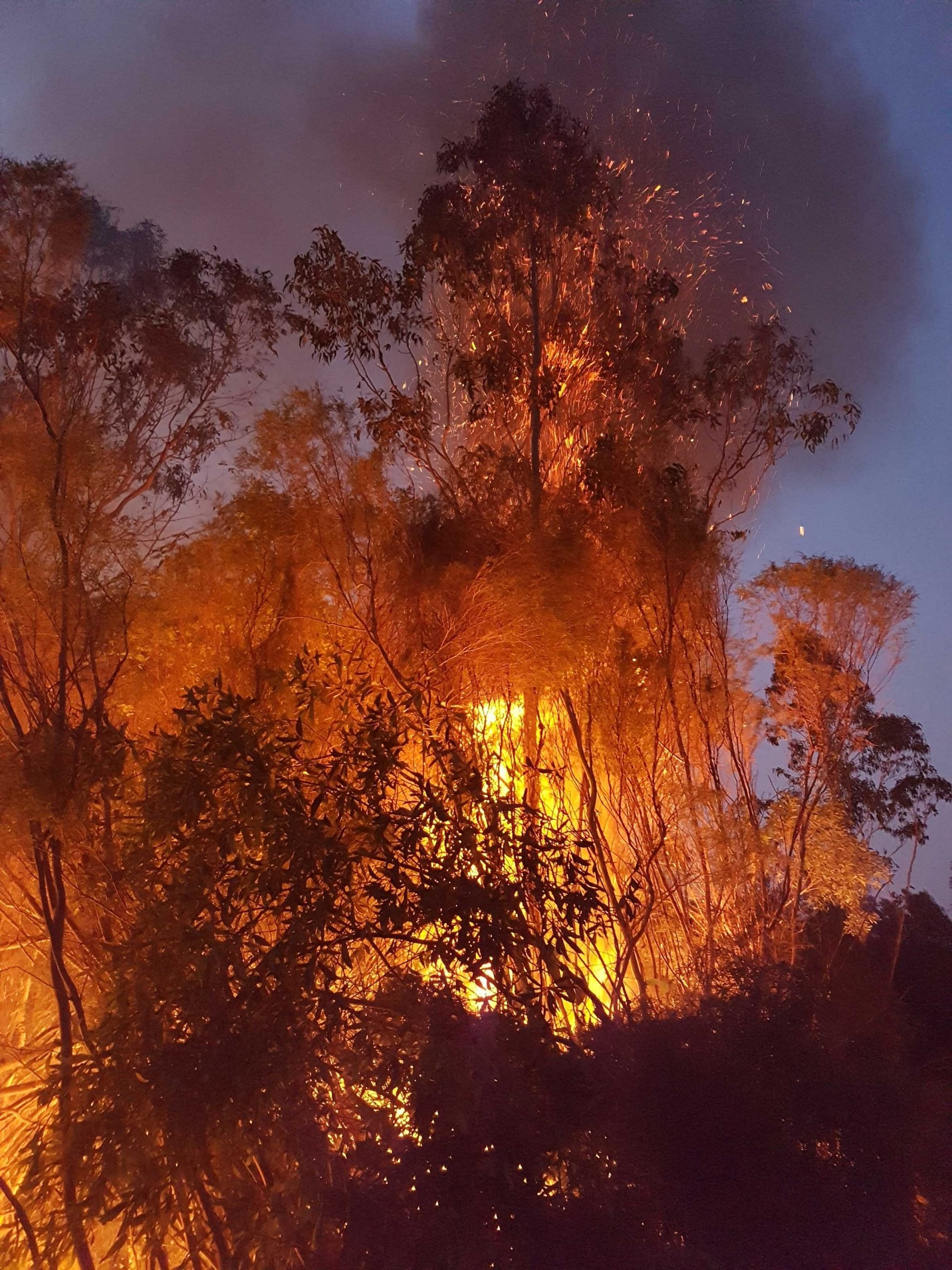
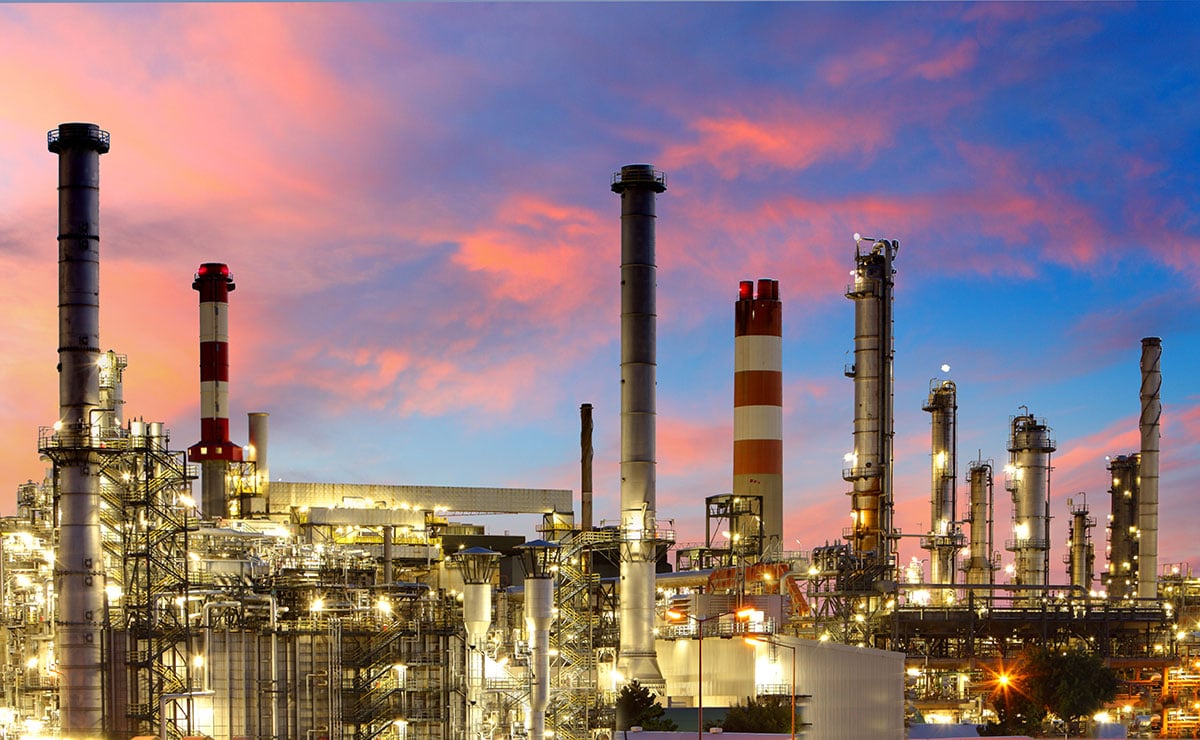

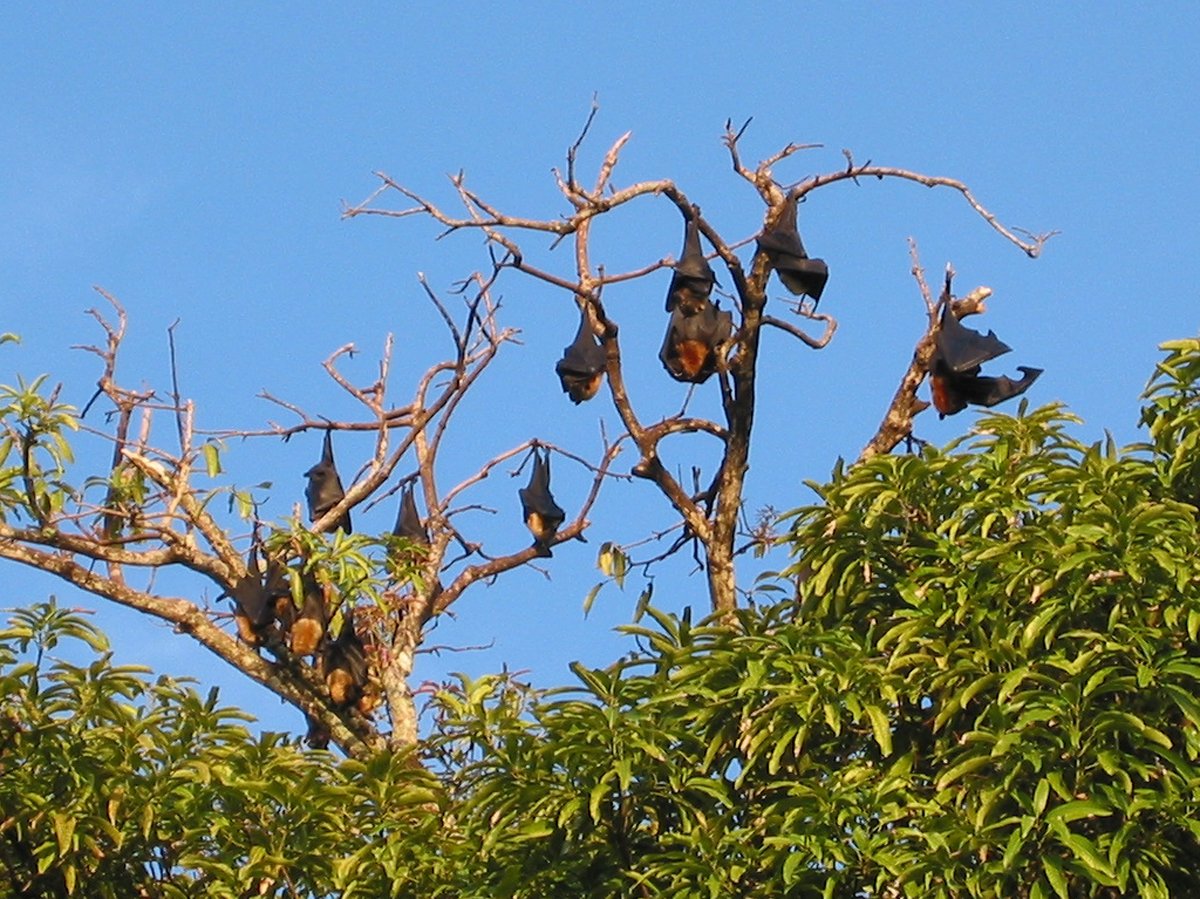




Congratulations to the Echo for publishing articles like this one. We need to be continually expertly advised on matters relating to climate change.
Over the past few decades, Mankind has repeatedly raped the planet, soiled his bed and has added to the enveloping blanket heating the air and the stratosphere. The result is that we have Climate Change and if we do not change, the planet will slowly suffocate from the weight of megatons of pollution we produce.
Almost too dire for words, Emily. Cropland alone
losing 12 million hectares each year; i.e. 23
hectares per minute is carnage. The planet can’t
cope with our stupidity.
I heard once that pollution is no more or less than an unused resource that causes suffering. Here in the United States, we’re pretty good at offloading the suffering we create onto other people, but it can’t always be that way: I believe that our biology as humans ties us to the earth. We’re happiest when we are living productively and harmoniously with the planet that sustains us. When we get out of sync and are ungrateful, we tend to do things that look destructive (like dumping toxic waste into rivers and burn down forests while chasing an idea of happiness we’ve been led to believe exists). But when we do this, we’re the ones in danger of extinction – not the Earth. This article was quite the eye-opener for me. 23 hectares a minute?? Sheesh…
Another excellent article on what humans are doing to the planet. How do we get such articles out to the world’s populace? In May this year the WWF stated that 60% of the world’s mammal, birds, fish etc had been lost in just over 40 years. In that time we added 3 billion humans to the planet all of whom need vast areas of land for houses to live in and grow food to eat. That there is a causal relationship is unquestionable. Regenerative agriculture is a huge step in the right direction but can it catch up with a billion more humans to feed every 13 years?
It is time we listened to the profound words of Henry David Thoreau (1817-1862) “In wildness is the preservation of the world”.